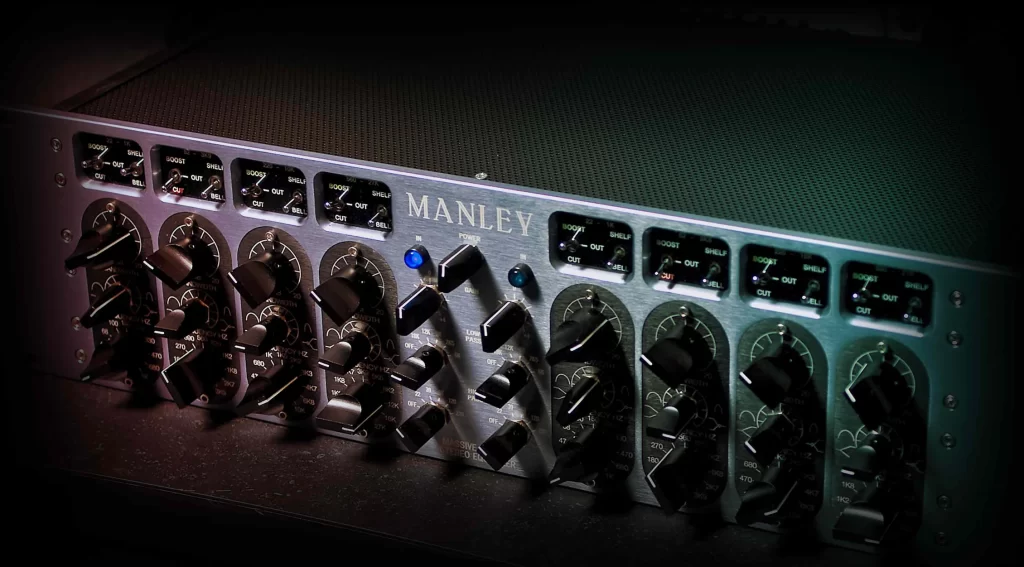In the intricate landscape of music production, where dynamics and balance reign supreme, the role of audio compression emerges as a dynamic force that shapes sonic textures and adds cohesion to tracks. For the new generation of producers seeking to harness this fundamental tool, understanding the nuances of audio compression is paramount. In this article, we will delve into the intricacies of audio compression, explore the various types of compressors, and uncover techniques that empower modern producers to achieve professional-level mixes.
Decoding Audio Compression:
Audio compression is a technique used to control the dynamic range of a sound, ensuring that loud parts are controlled while softer elements remain audible. In essence, it’s like having an intelligent volume controller that maintains a consistent level, enhancing the overall sonic balance. By taming erratic peaks and enhancing quieter sections, compression contributes to a polished and cohesive sound.
Types of Compressors:
- VCA (Voltage-Controlled Amplifier) Compressors: Known for their transparent and versatile nature, VCA compressors are often used for leveling and controlling dynamics. They excel in maintaining the sonic integrity of a signal, making them a favorite in modern music genres.
- FET (Field-Effect Transistor) Compressors: FET compressors are celebrated for their fast attack times and distinctive “coloring” of sound. They’re renowned for adding warmth, character, and subtle distortion, making them ideal for genres like rock and funk.
- Optical Compressors: Optical compressors are known for their smooth and musical compression characteristics. They impart a gentle touch to the sound, making them suitable for vocals and instruments that require subtle control.
- Vari-Mu Compressors: Vari-Mu compressors offer a vintage vibe with their rich harmonic content and slow, gentle compression. They’re favored for adding depth and character to mixes, making them popular for genres like jazz and classical.
Compression Techniques:
- Dynamic Control: Use compression to rein in transient peaks, preventing them from overshadowing the rest of the mix. This ensures a more consistent and controlled sound, making individual elements fit seamlessly into the mix.
- Glue and Cohesion: Audio compression acts as the glue that binds various elements together. It adds a sense of cohesion by subtly blending tracks and enhancing their interaction, contributing to a polished final product.
- Tone Shaping: Beyond dynamics, compression can be used for tonal shaping. By applying subtle compression with a slower attack and release, you can bring out the sustain of instruments, adding depth and texture to your sound.
- Parallel Compression: Parallel compression, also known as “New York Compression,” involves blending a compressed version of a track with the original signal. This technique adds impact and excitement to elements like drums and vocals, while maintaining the natural dynamics.
Knowing When to Compress:
During mixing, audio compression becomes a valuable tool at various stages:
- Individual Tracks: Apply compression to individual tracks to control dynamics and enhance tonal characteristics. Vocals, drums, guitars—each element benefits from tailored compression settings.
- Bus Compression: Bus compression involves applying compression to groups of tracks, such as drums or vocals, to gel them together before they reach the master bus. This enhances cohesiveness and balance.
- Master Bus: Master bus compression adds the final touch of glue to your mix. It imparts a sense of consistency and polish, ensuring that your mix sounds cohesive across different playback systems.
Conclusion:
For music producers eager to refine their craft, mastering the art of audio compression is a journey worth undertaking. With a solid understanding of compression types and techniques, you have the power to shape soundscapes, enhance dynamics, and elevate your music to professional standards. As you navigate the intricate terrain of modern music production, remember that audio compression isn’t just about controlling volume—it’s about sculpting emotions, crafting sonic journeys, and creating a lasting impact on your listeners.
Free Compressor Plugins
- TDR Kotelnikov by Tokyo Dawn Labs (VST, AU): While primarily known as a versatile dynamic processor, TDR Kotelnikov includes a compressor section that offers transparent and musical compression. https://www.tokyodawn.net/tdr-kotelnikov/
- ComBear by W.A. Production (VST, AU): ComBear is a powerful and versatile parallel compression plugin. It’s designed to add impact and intensity to individual tracks or entire mixes. https://www.waproduction.com/plugins/view/combear
- DC1A by Klanghelm (VST, AU): DC1A is a characterful compressor that’s renowned for its simplicity and effectiveness. It’s great for adding warmth and smooth compression to your tracks. https://klanghelm.com/contents/products/DC1A.php
- Molot by VladG Sound (Discontinued – but well worth it) (VST, AU): Molot is a dynamic range compressor with a vintage vibe. It’s known for its punchy and colorful sound, making it suitable for genres like rock and electronic music. https://www.tokyodawn.net/vladg-molot-compressor/
- MCompressor by MeldaProduction (VST, AU): MCompressor offers a feature-rich compression experience with an intuitive interface. It’s suitable for both corrective and creative compression applications. https://www.meldaproduction.com/MCompressor
- Compressive Pro by Martin Eastwood Audio (VST, AU): Compressive Pro is a versatile compressor with a wide range of controls, making it capable of handling various compression tasks. https://rekkerd.org/martin-eastwood-audio-free-plugins/
- RoughRider3 by Audio Damage (VST, AU): RoughRider3 is a modern compressor plugin that offers straightforward controls and a unique, aggressive sound. https://www.audiodamage.com/pages/free-downloads
- Luftikus by lkjb Plugins (VST, AU): Luftikus is an analog-style equalizer with built-in
https://www.kvraudio.com/product/luftikus-by-lkjb



